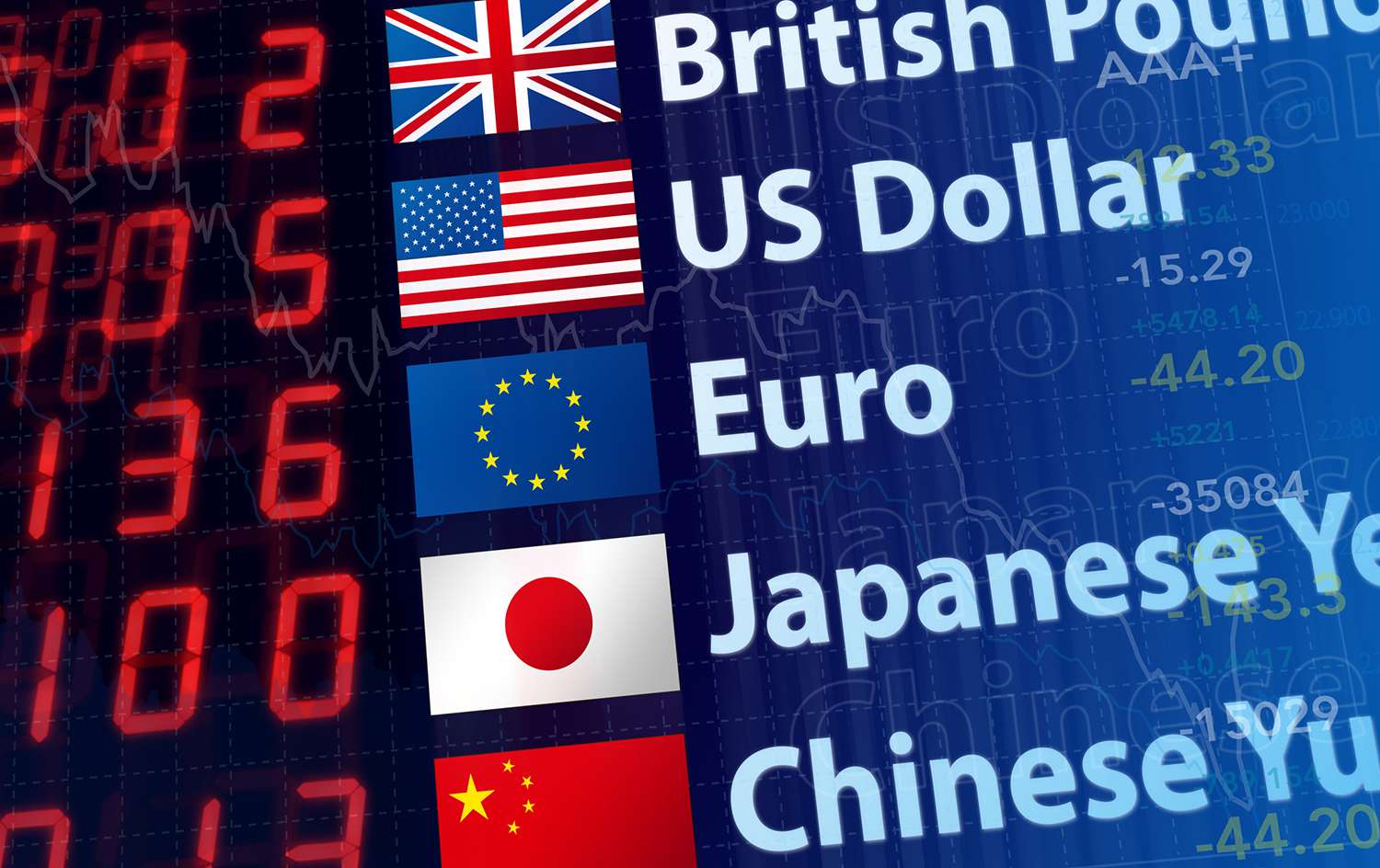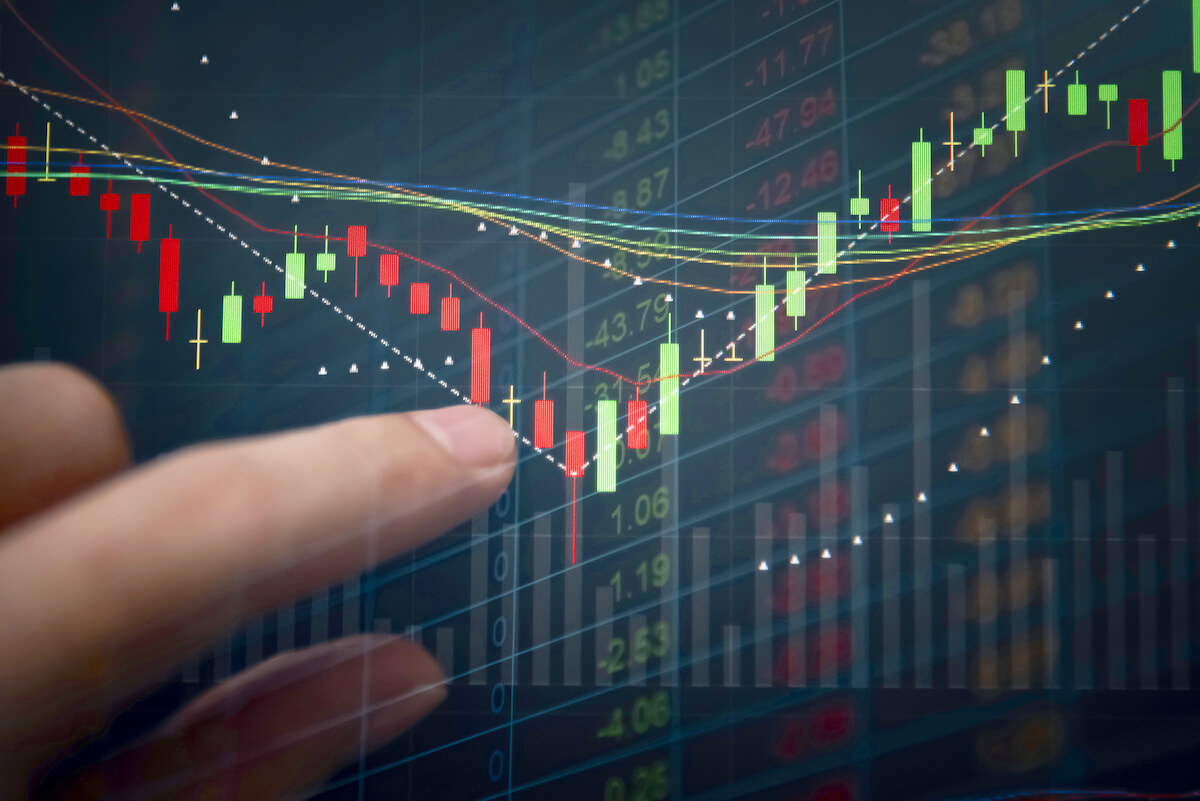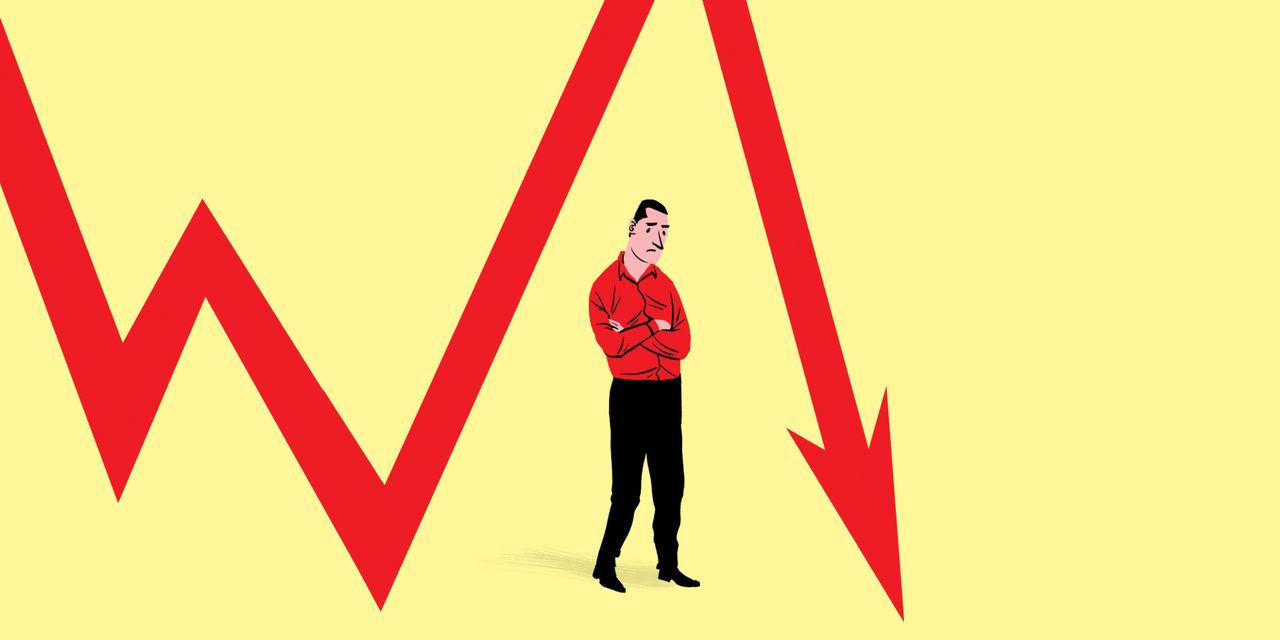
The Forex market has much fewer currency pairs than the equity market, which offers traders tens of thousands of items to trade. 60+ currency pairs are normally available from competitive Forex brokers. Traders must decide which Forex pair or cross they should trade as part of their strategy, despite the fairly limited options.
We'll talk about variables that affect how successful traders make decisions, which might assist you choose which currency pairings to concentrate on when trading.
What Should Traders Know Before Trading Forex?
With a daily turnover of more than $7.5 billion and being the most liquid financial market by volume, the Forex market is on course to reach $10.0 trillion daily by the end of this decade. Even though the fundamentals of trading are identical across all financial markets, successful Forex traders use a different strategy to this asset because of its enormous daily turnover.
The majority of trading techniques are ultra-short term to short term due to the size and liquidity of the forex market.
Leverage is another factor that contributes to the short-term focus of Forex trading. If traders keep leveraged overnight holdings past the deadline, often 17:00 EST, they will be charged swap rates. Because of this, investing in the forex market is inefficient unless investors employ indirect exposure through ETFs. Last but not least, many traders want to avoid the volatility and risk that overnight positions add to their portfolios, including the decline in liquidity that widens spreads and may represent extra dangers.
Which Forex Pair or Cross Should I Trade Today?
The response will vary amongst traders and depend on a number of factors. I'll go over the considerations and steps successful traders take to determine which Forex pair or cross they should trade during each market session, including those in Asia, Europe, and the US.
The value of a comprehensive economic calendar
Economic announcements can have a big effect on currency pairs. Successful traders frequently begin each day by reviewing a thorough economic calendar. In accordance with the trading strategy they desire to use on any particular day, it provides essential information on which periods to concentrate on or to avoid.
Economic news may reduce liquidity, which could lead to greater spreads and slippage and, ultimately, a rise in trading costs. Via breakouts or reversals at crucial price points, it can also initiate new trends and stop those that are already underway.
Takeaway:
- For a while before and after economic statements that can influence markets unexpectedly, many traders refrain from trading.
Traders may be drawn to the greater volatility after a release since the price changes might present lucrative chances for experienced traders. To do this, traders must either watch the economic information as it is transmitted or use sophisticated algorithmic trading programmes that have been preprogrammed with logic to profit from significant swings.
Takeaway:
- The majority of retail traders miss out on algorithmic trading solutions because they are typically at their day jobs when those releases occur.
- The best strategy is to plan how economic releases can affect market action, be aware of when they will occur, and set take profit and stop loss orders accordingly rather than trading them.
Noteworthy:
- The first step in choosing which Forex pair or cross to trade today is to consult an economic calendar. Ignoring economic announcements as a Forex trader is a surefire method to incur needless losses.
The function of the Forex trading strategy
The most appropriate currency pairings will depend on the sort of Forex trading strategy you use, even though the economic indicator can help you filter out trading periods to watch and highlight currency pairs of interest for the trading session.
Here are some examples:
- The selection of significant currency pairs automatically narrows to a few key currency pairs since scalpers need the lowest trading costs possible, such as EUR/USD, USD/JPY, GBP/USD, and USD/CHF.
- To identify the strongest medium-term trends with a short-term perspective, momentum traders utilise absolute momentum or relative momentum and either a time series analysis or a cross-sectional study.
- Absolute momentum strategies that follow known trends only require time series analysis and stay out of the market when there is no obvious trend.
- Day traders analyse longer-term charts and look for opportunities to trade on shorter timeframes while taking into account all currency pairs and a variety of technical analysis-based trading systems.
- News traders plan their trading session fully based on the releases of the economic calendar in an effort to profit from the volatility that follows significant economic news.
Noteworthy:
- Over 70% of all daily Forex trading volumes are conducted in the USD, EUR, and JPY, with the GBP and AUD rounding out the Top Five.
- Many traders concentrate on the sessions that overlap between the four main Forex hubs of London, New York, Tokyo, and Sydney.
- More than 80% of all daily Forex trading volume is carried out using algorithms.
How Can Forex Traders Reduce the Number of Available Forex Pairs?
Many Forex traders utilise technical indicators, chart patterns, and candlestick history to determine their entry and exit positions because the majority of Forex trades are short-term. They keep an eye on fundamental variables that could affect their transactions and make appropriate plans. Forex traders typically use a top-down analysis from the standpoint of time frames, where they can spot a broad trend on higher time frames, like the H4 or D1, and search for entry and exit chances on lesser time frames, like the M1 through M30.
What Makes Favourite Currency Pairs Bad for Forex Traders?
Many traders only trade their preferred currency pairs, which infuses the trade with emotion. It focuses traders' attention and creates the perfect environment for failure. Trading chances presented by the market rather than ones they try to push are what successful traders do to maintain flexibility.
Bottom Line
Despite focusing on technical analysis, every successful trader has a method for reducing the number of Forex pairs to trade. However, they always begin by reviewing the forthcoming economic calendar. For traders, the Forex market is perfect, but for investors it is not. Commonly, a top-down approach is used to decide which Forex pairs or crosses to trade.
.png?v=1)


